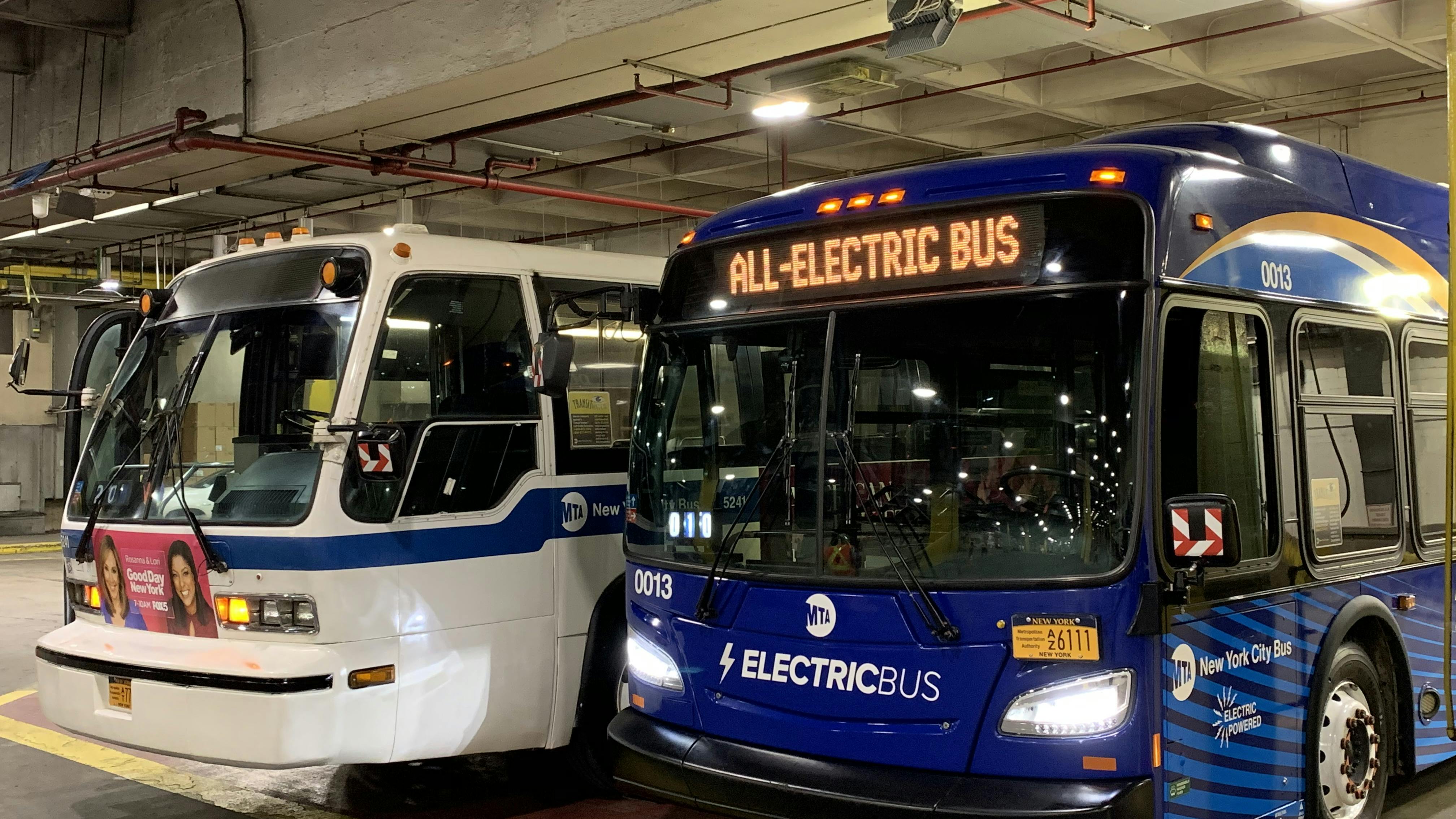The art of scheduling in a zero-emissions environment
The art of scheduling in a zero-emissions environment
March 14, 2025
As the world moves toward a zero-emissions future, mastering the art of ZEB scheduling will be essential for the success of public transit systems.
Mark Holmes

When I first started at New York City (NYC) Transit's Surface Schedules unit in the mid-1990s, I was handed a guide entitled "The Art of Scheduling." It was a practical how-to manual, teaching schedulers how to create the most efficient vehicle and crew schedules based on service design and labor contracts. Armed with this guide, an oversized sheet of graph paper, a pencil and a very large eraser, I began my career writing schedules for NYC Transit's Queens Division. Back then, it was all about optimizing vehicle usage, minimizing operational costs and staying compliant with driver work-hour regulations. The type of propulsion system powering the buses? That was someone else’s concern. We simply focused on making the service work—even if it meant a few late nights wrestling with a stubborn trip sheet.
Fast forward to today, and scheduling in the era of zero-emission buses (ZEBs) feels like playing chess on a board that’s constantly shifting. Sure, the fundamental goals remain: efficiency, reliability and cost-effectiveness. But now, new constraints have entered the chat, making the game infinitely more complex. Battery range, charging infrastructure, energy consumption patterns and operator training requirements all come into play. Add these to political promises creating unwanted deadlines and the increased emphasis on environmental sustainability, and you’ve got a scheduling landscape that demands both precision and creativity—with a touch of humor to keep from losing your mind.
....(snip)....
Understanding ZEB technology
Let’s talk about the stars of the show: zero-emission buses. These eco-friendly marvels come in two main flavors:
* Battery-electric buses (BEBs): These rely on lithium-ion batteries and require recharging. Charging times can range from 20 minutes for fast charging to several hours for overnight depot charging. It’s like your smartphone but with passengers, and trust me, when it’s running low, you don’t want to hit one percent.
* Hydrogen fuel-cell buses: These convert hydrogen gas into electricity and can be refueled more quickly than BEBs, typically within 10 to 20 minutes. They’re the speedy cousins of BEBs, but they come with the added challenge of finding hydrogen fueling stations.
These operational nuances significantly influence scheduling strategies, making them more art than science. ....................(more)
https://www.masstransitmag.com/bus/vehicles/hybrid-hydrogen-electric-vehicles/blog/55273234/the-art-of-scheduling-in-a-zero-emissions-environment
